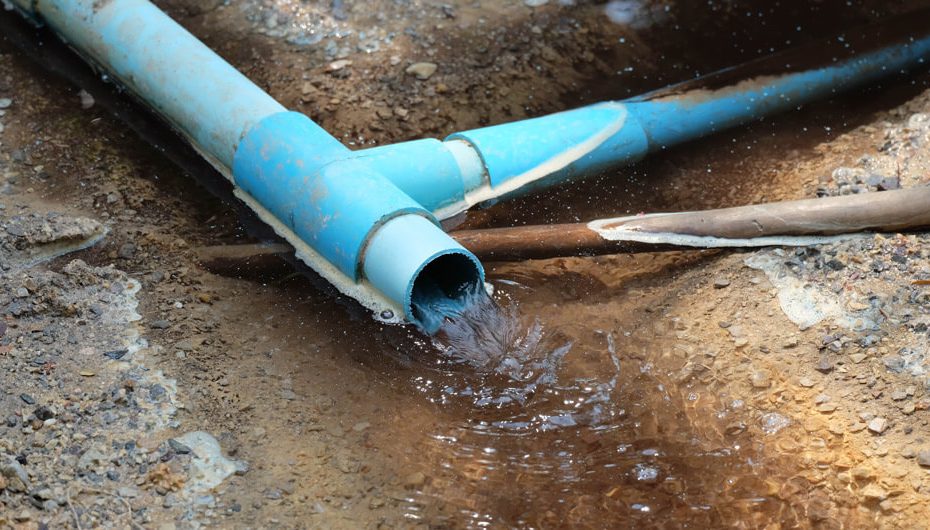On Sept. 28, the Baltimore City Department of Public Works (DPW) announced that they found during routine testing low levels of the parasite Cryptosporidium in the Druid Lake Reservoir — one of the sources of drinking water for the city. This time last year, DPW released a Required Boil Water Advisory for West Baltimore due to high levels of E. coli. At this time, tests for both have been repeatedly negative. In these cases, routine testing worked, and the problem was caught early. But this raises important questions about the risk of future issues. What is the root of the problem?
One issue is that two of the city’s reservoirs — Druid and Ashburton lakes — are uncovered. Rather than a closed tank to store water, they are open lakes. This leaves them exposed to contamination from all kinds of things — namely bird and animal droppings, insects and runoff. This is a likely explanation for the Cryptosporidium contamination. Generally, water treatment strategies successfully keep the water safe when it reaches our faucets. However, the risk remains, and water systems nationwide have switched to covered storage.
Baltimore City has relied on many uncovered reservoirs for decades, and the EPA has been compelling them to switch to covered storage for a long time. Baltimore has converted them all except Druid Lake and Lake Ashburton. On April 7, 2023, the EPA issued an Administrative Order to Baltimore City since it had still not converted these reservoirs to covered storage. This also included a requirement for monthly sampling for Cryptosporidium and Giardia from both lakes, which ultimately gave a positive result in September. Covered storage tanks are now under construction at Ashburton and Druid lakes and are scheduled to be completed this winter.
Baltimore is not alone with these challenges. The Flint, Michigan, water crisis in 2014 is a landmark example that took nearly seven years and $400 million to resolve. Last year, in Jackson, Mississippi, the main water treatment plant completely failed during heavy flooding, cutting off water access to the entire city. The specific reasons for any failure are complex and nuanced, but common themes emerge in many of these stories: majority Black, working-class cities with declining tax bases, disinvestment from state governments and inadequately maintained systems.
The American Society of Civil Engineers infrastructure report card in 2021 gave a scathing report on the American water infrastructure. Much of the American water systems are decades old, with outdated technology, and are underfunded and undermaintained. They called for a tripling of annual appropriations to the Drinking Water State Revolving Fund and other water infrastructure programs at the federal level.
Many water systems were formed before we knew anything about disease outbreaks or the dangers of lead pipes. Baltimore City had a water system for 50 years with multiple cholera outbreaks before John Snow discovered Vibrio in London’s Broad Street well. They then built many open reservoirs over the next 150 years. It wasn’t until 1919 that Abel Wolman, a Johns Hopkins University alum, developed the chlorination methods still used in many municipal water treatment systems today.
Urban infrastructure requires ongoing investment to be revised and rebuilt incorporating new technology and scientific understanding. As we face pressure from growth and climate change, this investment is all the more critical. We cannot completely erase the risk of threats to our water safety arising in the future — but we can design and meaningfully invest in systems that anticipate these problems, remaining safe and sustainable as we continually improve.
Related Content
- Water Conservation, Research and Life in Cape Town, South Africa
- Understanding the Epidemics of Today to Prevent Those of Tomorrow
- Baltimore’s Red Line Light Rail: Is it finally time?
Want to read more from the Johns Hopkins School of Medicine? Subscribe to the Biomedical Odyssey blog and receive new posts directly in your inbox.
